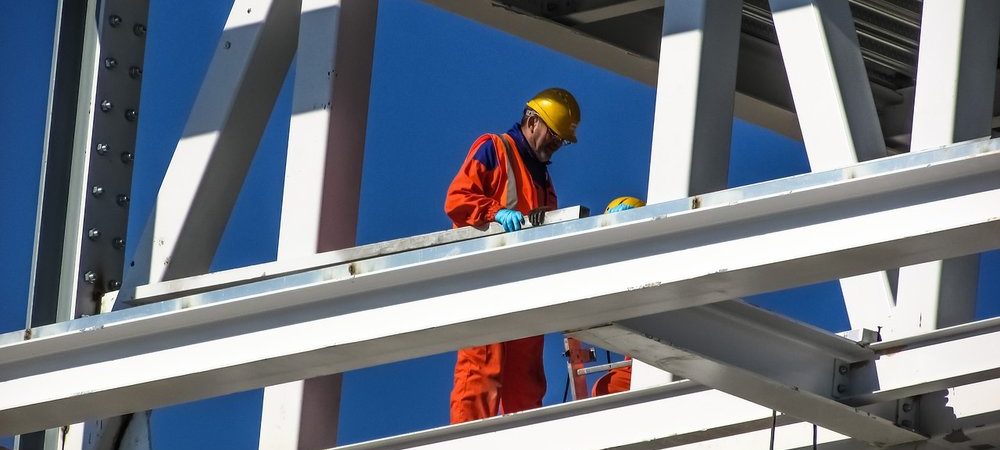In one of our recent blog articles, (LINK) we wrote about markets that multifamily developers might head to this year, as well as the amount of increased inventory that those markets are demanding. One problem that might stand in the way of progress: rising construction costs for the industry. According to information we found on a variety of sources, this year the cost of delivering the units that many booming markets demand is only going up. BAM looked at what costs more and what it may mean for the multifamily market.
An article in Property Management Insider reports that a variety of factors are leading to a higher cost of doing business, and not just from the construction end. By striving to offer higher-end amenities and features that residents want, developers also add a cost-increase with pricey materials and slower delivery time. They note that what may seem like an initially acceptable addition (like an extra sink), is a cost that can quickly weigh on a project. In order to compete with other new developments, builders are opting for similar trends like nicer cabinets, faux finishes, and other premium features that add to time and material costs.
Yet both PMI and a separate piece in National Real Estate Investor (NREI) online agreed that much of the rising cost was out of developers’ hands. Factors like the well-known skilled-labor shortage, and the cost of building materials, to even elements like stricter building codes are all affecting multifamily construction. PMI especially pointed to lengthy building times driven by stricter codes, as well as red-tape at the municipal level and trouble even gaining site approval. NREI looked at the specific construction cost hikes, such as sky-rocketing lumber prices and rising costs for labor.
According to NREI data, lumber prices are already up over the last year and may only rise from here. Touchy trade relations with Canada and other partners and applied import tariffs are blamed for the cost now being faced by developers, since a majority of lumber is imported. Should the U.S. adopt similarly steep import tariffs with steel, we could also see already high prices for products like rebar go even higher. NREI notes that typical factors like supply and demand are also at play, as global demand keeps prices high for things like copper and diesel fuel. To fight the labor shortage, higher wages are offered to less workers – as well as for searches to find and train new workers. One bright spot in the construction labor market: NREI reports that there was a 3.3% increase in construction workers in the year that ended in 2018.
With some markets eyeing thousands of new units in the pipeline, the rising cost and any potential slow-downs could impact their ability to offer the new apartments residents expect. Yet, PMI made some recommendations to developers to play it smart and be mindful of design choices that can both help (or hinder) materials’ cost/time and overall delivery. In the current climate, developers may have to decide between design options, their budget, and delivery time.



